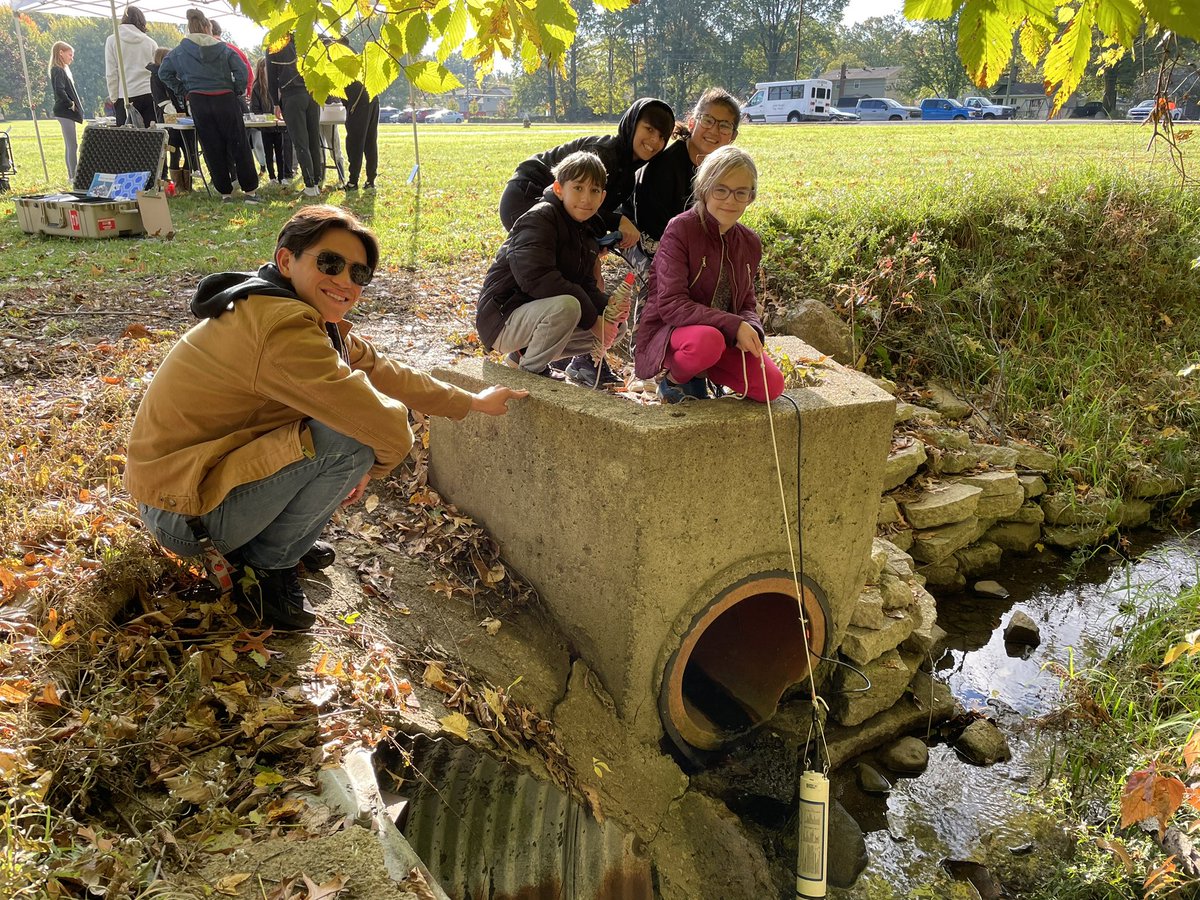While this year’s strong El Niño may play havoc in other parts of the country and the world, in the Great Lakes region it’s likely that we won’t need to talk about the polar vortex and the “snowpocalypse” this winter.
The Climate Prediction Center at NOAA is forecasting an increased chance of above-normal temperatures and a greater chance for below-normal precipitation across most of the Great Lakes region this winter.
“This does not mean that cold weather will not happen this winter,” said Molly Woloszyn, IISG climate specialist. “But typical extreme cold weather may be milder and less frequent.”
An El Niño develops when sea surface temperatures are warmer than average in the equatorial Pacific for an extended period of time. This year’s version is already considered to be strong and likely to become a bit stronger. Although each El Niño is different, they offer some predictable patterns.
 Unlike the past two winters when heavy snow and bitter cold were the norm, if warmer conditions do occur this winter, this may mean less ice cover on the lakes. It might also mean reduced snowpack accumulation and therefore, less runoff into the lakes, which is a major contributor to lake levels.
Unlike the past two winters when heavy snow and bitter cold were the norm, if warmer conditions do occur this winter, this may mean less ice cover on the lakes. It might also mean reduced snowpack accumulation and therefore, less runoff into the lakes, which is a major contributor to lake levels.
Also, less lake ice means more evaporation off the lake surfaces. “Since the lakes are mostly at above average levels right now, this could lead to a return to normal water levels,” said Woloszyn.
Mild winters can have many positives impacts in the region. They are typically good for the economy (unless you are in the snow business)—heating costs go down, transportation runs smoother, and retail sales pick up. And they are generally good for agriculture, although some crop pests are more likely to survive the winter.
You can find this and more information in a special edition of the Quarterly Climate Impacts and Outlook develop by NOAA, the Midwestern Regional Climate Center, Environment Canada, and other partners.
-Irene Miles




